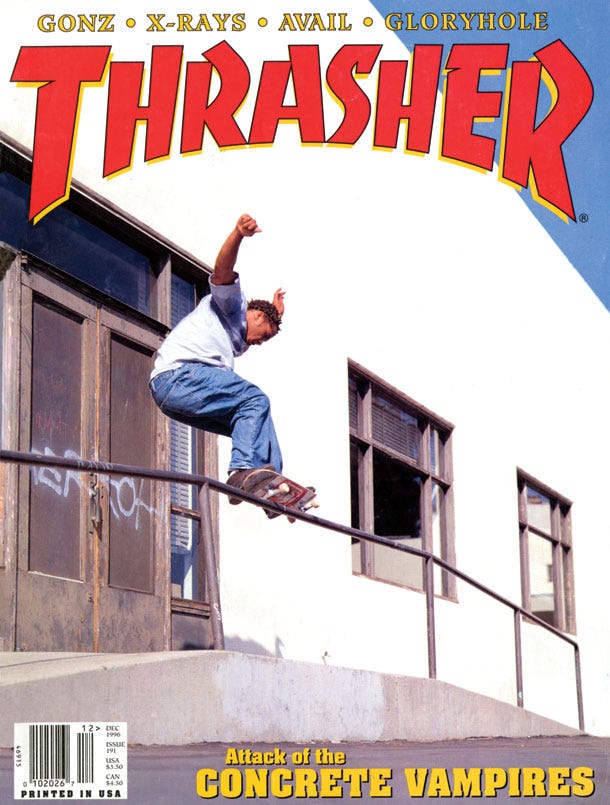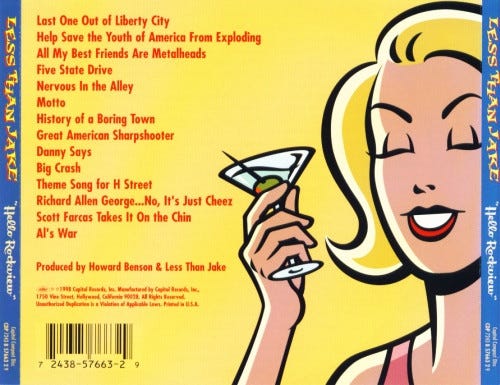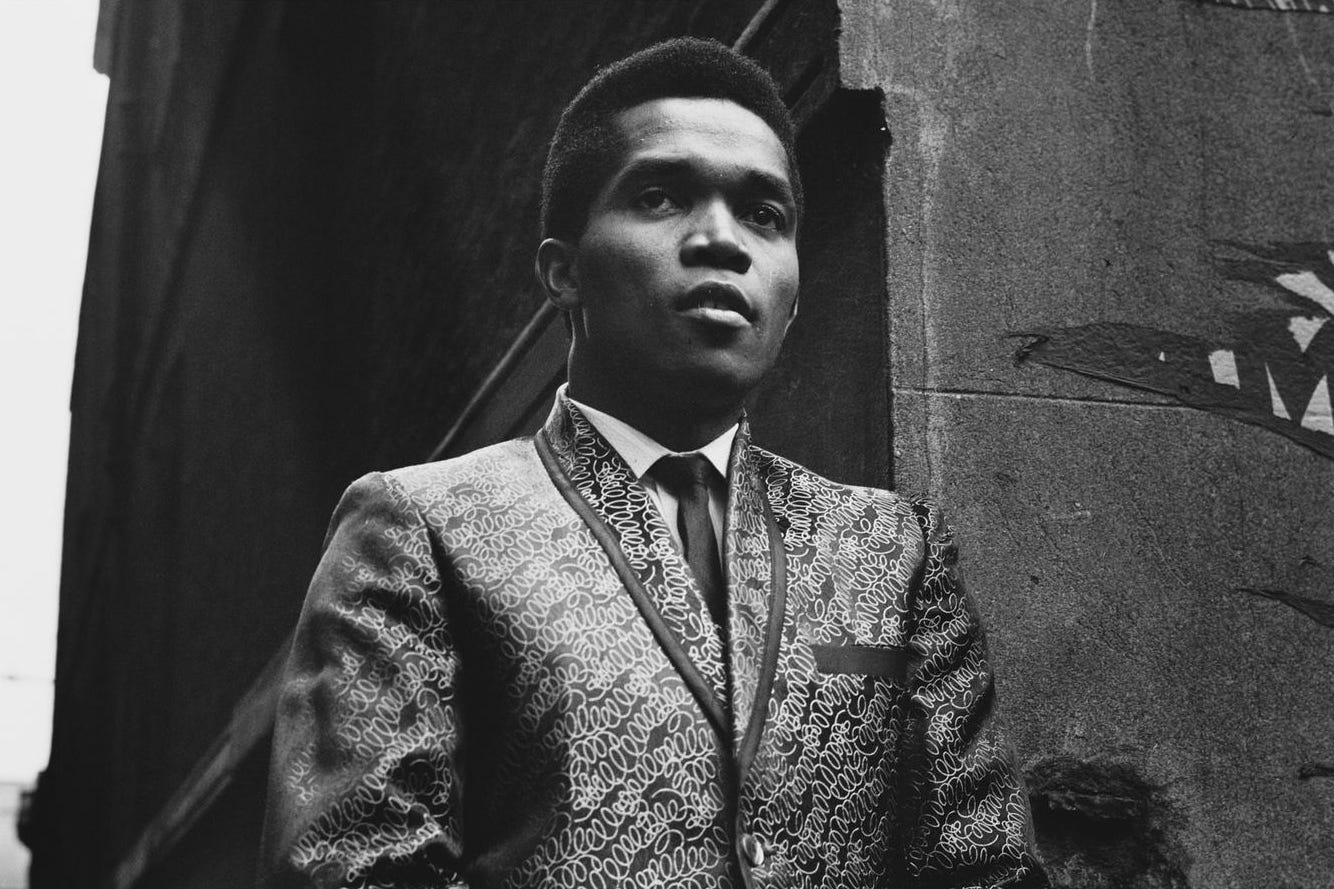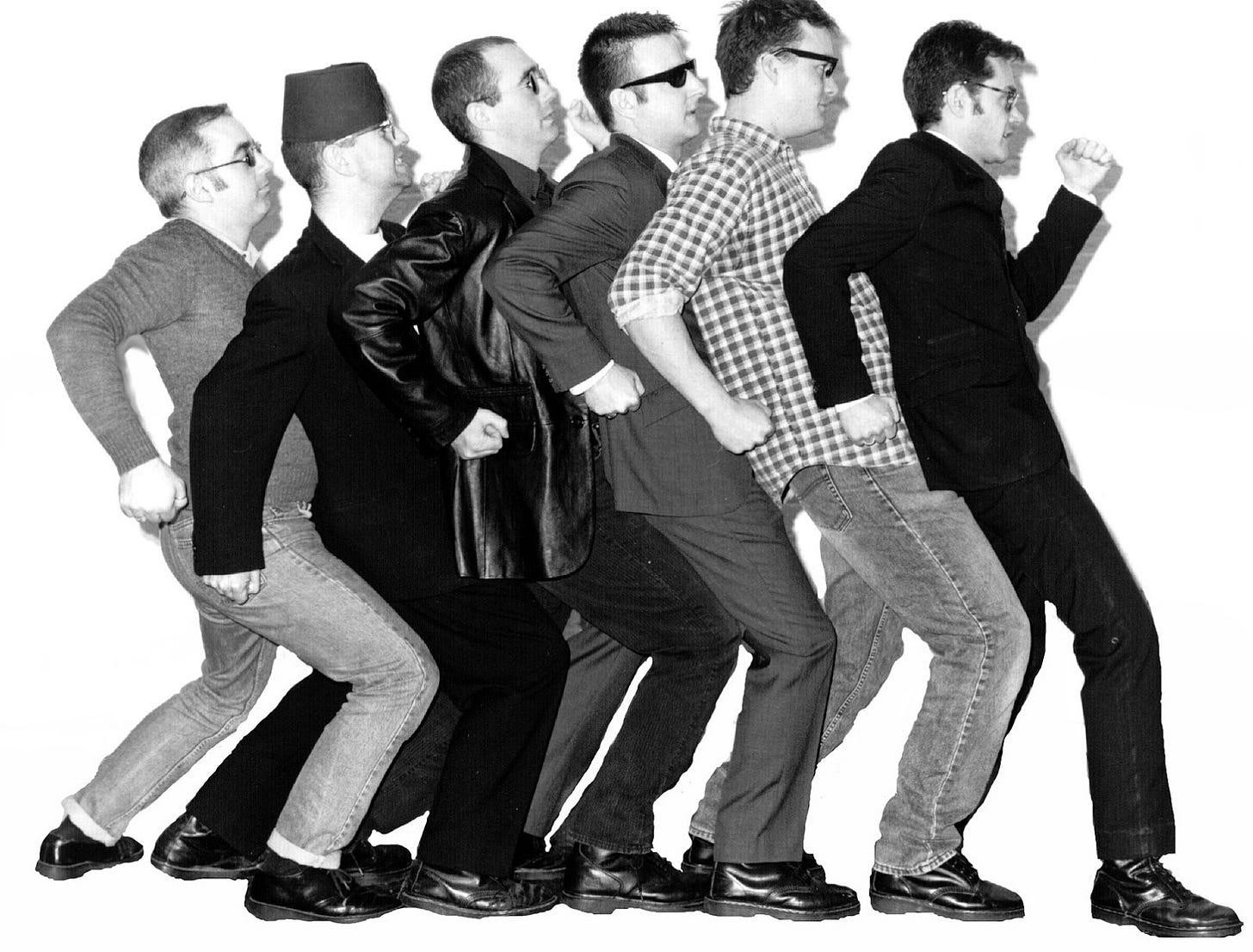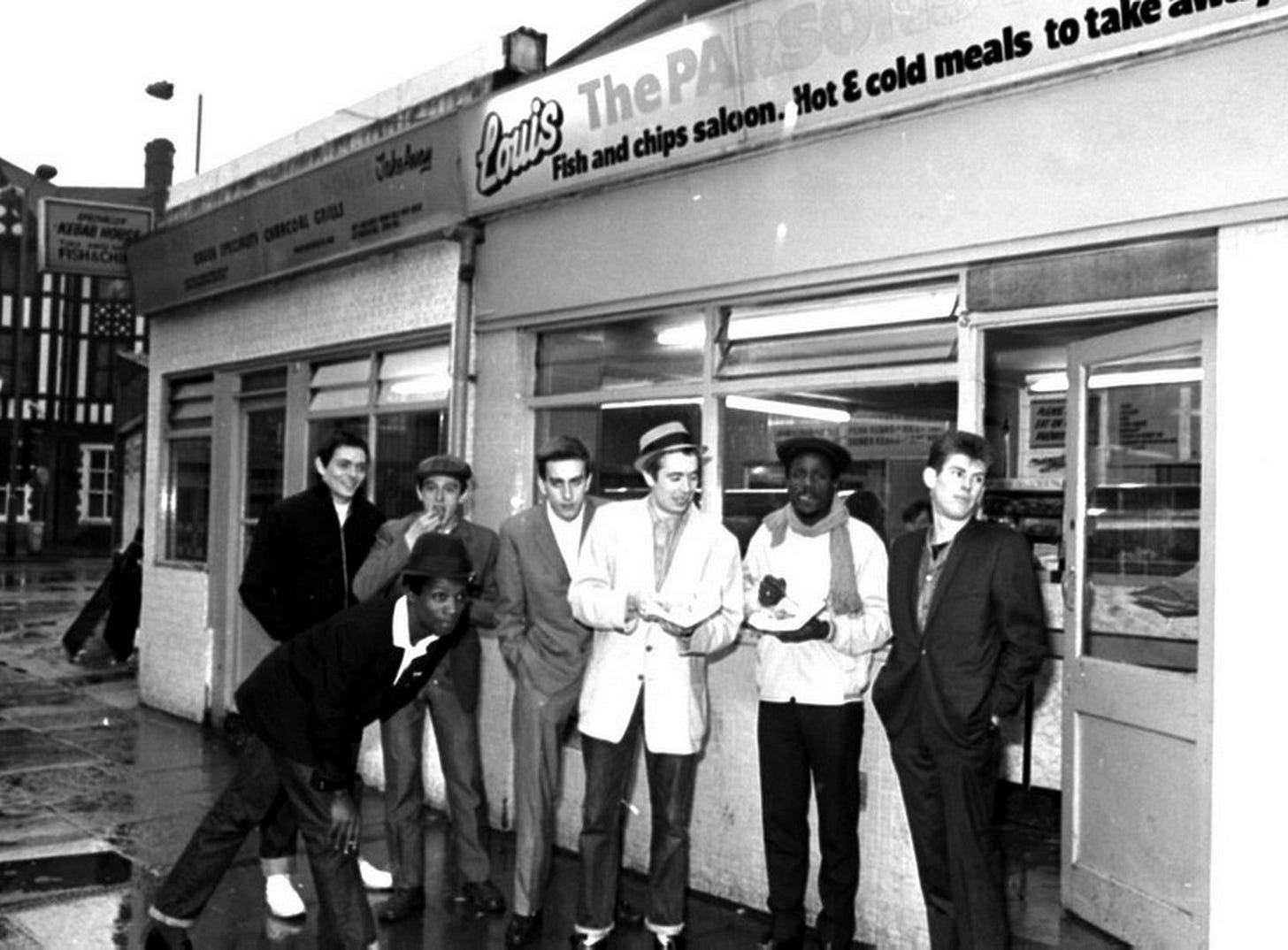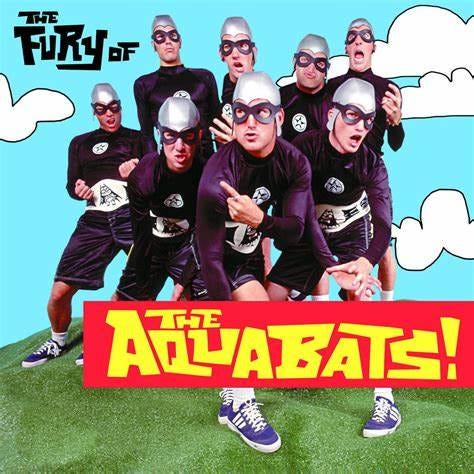Picking it Up…
Someone I deeply trust and respect once told me “Ska is the music that plays in the mind of a 13-year-old at the skate park who got an extra mozzarella stick with his order".
He’s right, and I desperately wish I was that kid.
I’ll take sick tre flips and skinned knees over mortgages and timesheets any day. Sadly, we don’t always get to make awesome choices like this, and the world drives us to grow and change in ways we don’t always wish we had to.
That’s what makes 3rd wave ska so great for folks of a certain age (here’s looking at you, millennials). The sometimes irreverent, always party vibe that oozes from the cracked plastic CD case your friend loaned you always takes you back.
Goldfinger, Reel Big Fish, Streetlight Manifesto, The Aquabats, Less Than Jake, and many more helped drive the scene out of its pop-punk and sun-soaked origins and into the near mainstream. They are all very fun to listen to. Some of them might stick with you.
Riding The Waves
Ska is much older than that, though. This moment in time might only reflect its highest popularity. Originating in Caribbean indigenous and cultural music and its mix with popular music of the 50’s and 60’s, ska found its first wave. This is the most niche, with the least players still around. I saw Hepcat (what I consider a sort of first-wave-styled group) on the beach in Huntington back in 2017 and I was thoroughly surprised to see them all still grooving. It was wonderful, though a bit jarring, hearing them between Less Than Jake and The Mighty Mighty Bosstones that day.
You might think of 1st-wave as a double-time reggae with horns. That runs the risk of offending super-fans, but its helpful in understanding the vibe. For further listening, check out the Skatelites, Prince Buster, Toots and the Maytals, and many more.
Here is a playlist on Spotify of first wave ska.
This, combined with the economic and social movements of the 80s in the UK brought the tides back in for the second wave, or as some call it, the Two-Tone scene. This was popularized by bands like The (English) Beat. Many, however, would attribute the sound of this movement to one band very heavily.
Yep. Madness.
The Heavy Heavy Monster Sound.
Songs like One Step Beyond, Our House, and Night Boat to Cairo brought 1st wave sentimentalities forward with the modern instrumentation and styling of the music popular at the time.
It is interesting to note that Madness got its name from a Prince Buster (1st wave) song of the same name, and One Step Beyond (one of their biggest hits) is also a cover of his work.
A strong socio-political message was present in much of the scene; Massive socio-economic and race-related upheavals rocked the populace at the time, and musicians and fans alike found solidarity and unity in the Two-Tone movement. Not all the music produced carried the signal, but you couldn’t stop it.
This movement was fairly short-lived, and the early 80s saw a changing landscape as the music and rhythms moved across the Atlantic to the US. Bands like the Toasters were frequently seen as the key transitional outfit, updating the sound and keeping the scene dancing. They haven’t yet stopped, booking dates up and down the Atlantic US and coastal Europe. Honestly, their summer is BUSY. They are running a set almost every single day in May. Most 3rd-wave bands never toured as much as The Toasters are right now. This must be a testament to the meaning and quality of their work over 43 years later.
Here is a second-wave ska playlist via Spotify:
All of the music and the movements discussed before this came together to create the sound popularized in the 90s and pioneered by bands like the Uptones, The Toasters, and Operation Ivy. Like the 2nd wave before it, the rhythm came from before and the music followed the flow of the times. Punk, emo, and the like fell into the mainstream, and the upbeats found their way back into the mix.
Some criticize the 3rd wave and its suburban shine as having lost the plot of two-tone movement. Songs like the Aquabats’ Pizza Day and Reel Big Fish’s Beer didn’t carry the monochrome and sanguine-tinged cynicism of the Toasters or the deep cultural roots of Toots and the Maytals.
I am slipping into opinion, but I would posit that music is a representation of culture, and culture shifts with the times. Ideas can come and go. Movements wax and wane. The way that we communicate ideas can last forever. Heavy concepts and music with a message were present in the 3rd wave but rarely won awards or massive record deals. Less Than Jake very often writes about cultural hang-ups, mental health, and understanding each other as more than “drunken glue-sniffers”.
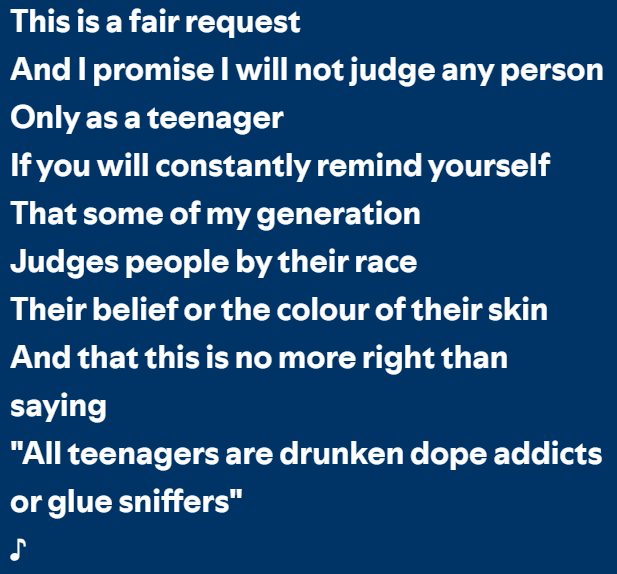
For your listening pleasure, here is a playlist on Spotify of some premium 3rd-wave.
But is it Dead?
Times change. When the scene changes, or maybe what sells changes, so too does the music. That doesn’t mean that the scene is dead. Many local and national touring bands are still chopping it up and letting their two-tone Bruges scuff dancehalls worldwide. 3rd wave giants still tour, and pioneers of the future scene are writing and playing even now.
We are a long way from Warped Tour, though that is supposedly coming back to ensure all the people under 55 with back pain gather in one place.
I have recently joined one of these bands, playing sax. It is a meaningful experience, and I want to believe that I contribute to the enjoyment and meaning that others may find in their lives.
No. Ska is not dead, otherwise, I’d have nowhere to play but my office and I don’t think my neighbors could handle any more than they already have.
So for the love of all good things, see a ska show today. Your local HOA might just thank you.
Also, please repaint your sunroom. The chartreuse/mauve thing you’re doing is lowering Mrs. Steven’s property value. Send me photos by next Friday, or I’ll be back with a notice of lien. Good day!




